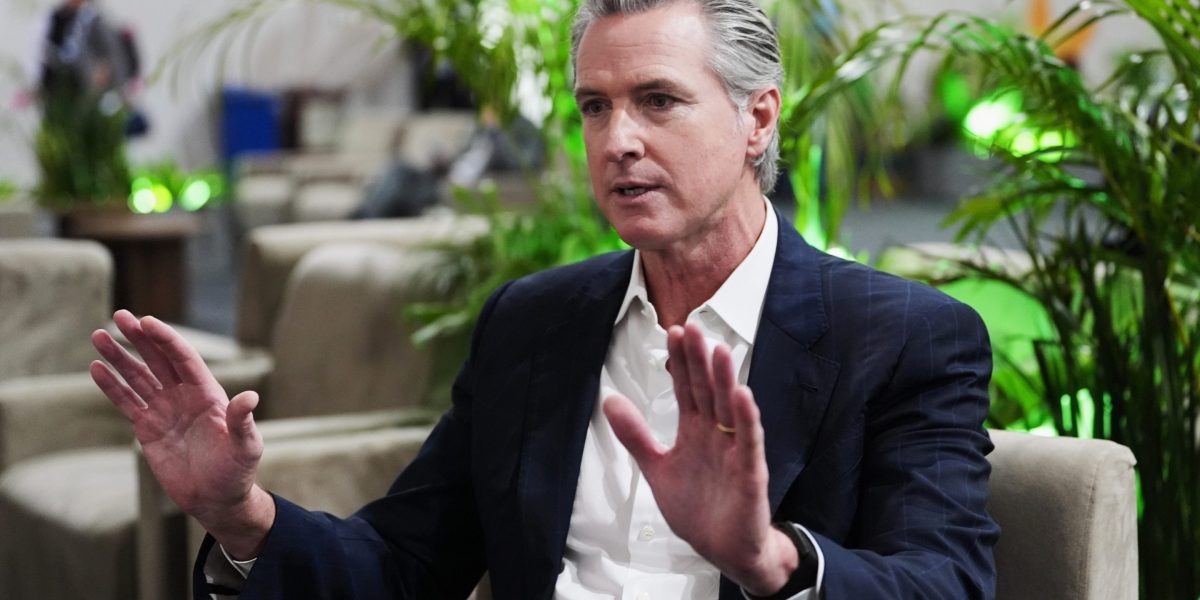According to Chirag Doshi, CIO – Fixed Income at LGT Wealth, this balance is likely to hold in the near term, driven by resilient consumption, improving real incomes, and easy financial conditions.
However, he cautions that external headwinds such as tariffs, trade frictions, or commodity shocks could determine how long India can sustain this sweet spot. Edited Excerpts –
Kshitij Anand: Well, India posted a stellar 7.8% GDP growth with inflation at a six-year low. How sustainable is this growth-inflation mix in the face of the global uncertainties we are experiencing at this point in time?
Chirag Doshi: Yes, India delivered a very strong 7.8% growth print in Q1, which was well ahead of expectations. Another big positive is inflation, which is at multi-year lows, close to 2%, thanks to good monsoons and soft food prices in the previous months.
In the near term, this mix is sustainable because consumption is resilient, real incomes are improving, and financial conditions are easy. But we also need to be mindful of risks — global tariffs, trade frictions, and any sudden commodity shock could change this Goldilocks scenario.
NaBFID is prioritizing bank loans over bond markets this year due to lower interest rates and significant borrower prepayments exceeding ₹10,000 crore. Banks are offering rates below 7%, making them more attractive than bond issuances. This shift in strategy follows repo rate cuts, enabling banks to provide cheaper financing.
So, the short-term outlook is very positive, but in the medium term, external headwinds will decide whether growth stays at these elevated levels with low inflation.
Kshitij Anand: With India’s trade deficit widening due to tariffs and high imports, and with the recent GST cut, which could cost the exchequer around ₹50,000 crore, do you expect policymakers to recalibrate their trade or fiscal stance?Chirag Doshi: We are already seeing some pressure on the trade deficit. The August numbers were a little lower than July, but still higher than market expectations.July’s deficit was the widest in eight months, partly due to higher imports and the new US tariffs. Policymakers are likely to respond — and they have already responded to some extent — but I do not expect a very big-bang change.More likely, we will see incremental reliefs from the government, some policy tweaks, and diplomatic efforts to diversify into other markets. At the same time, the government is very focused on fiscal discipline.
So, any response will be calibrated rather than expansionary. The broad strategy will be to cushion the affected sectors without derailing the fiscal glide path the government has chosen for the next few years.Kshitij Anand: The yield curve has bear-steepened, with the 10-year hitting 6.57% and the 30-year at 7.31%. How should investors interpret this move?Chirag Doshi: Bear curve steepening simply means that long-term yields are rising faster than short-term yields. In India’s case, this reflects two things: one, the heavy supply of long-dated government bonds; and two, the term premium investors are demanding because of global uncertainty and fiscal risks.
For investors, the message is clear — volatility is higher at the ultra-long end, but the 5- to 15-year segment of the curve looks very attractive right now.
You get healthy carry and still have room for capital gains if inflation stays benign — which in my view it should over the next few months — and if policy support comes in, which I also expect. So, the steepening is not at all negative.
It actually throws up opportunities in the belly of the curve, which investors should capitalise on.
Kshitij Anand: Given expectations of one more repo rate cut this year, do we expect the 10-year to remain in the range of 6.3% to 6.5%?Chirag Doshi: That is broadly my base case. Inflation is well anchored, and the RBI has already eased a few times this year, by almost 100 basis points.
The street expects one more, or at most two more, 25-basis-point cuts by the end of this year. If that materialises, then the 10-year should comfortably trade between the 6.35–6.50 or 6.55 zone, and maybe even test the lower end if supply is managed well.
But we must be aware of two-way risks — global yields, crude oil prices, and fiscal pressures could push yields up temporarily. So, I would characterise it as range-bound movement with a downward bias at this time.Kshitij Anand: And with the India-US yield differential at 230 basis points, do you see more global inflows into Indian debt?Chirag Doshi: Yes, the differential is very attractive. The US 10-year is hovering around 4% right now, while India is closer to the 6.40–6.50 handle.
So, the spread is about 230 to 240 basis points. Add to that India’s strong macro fundamentals and the upcoming inclusion in global bond indices, which has already brought some flows and is likely to bring more in the near future, and the case for inflows is very strong.
Of course, foreign investors will still watch currency risk very closely. And with the Fed now signalling rate cuts ahead — with markets expecting one more 25-basis-point cut after the softer job reports we saw — the global backdrop also supports flows into emerging market debt. India stands out as a key beneficiary of this.
Kshitij Anand: In this environment, where do you see better opportunities? Is it sovereigns for duration gains, or AAA-rated PSUs/IG corporate bonds for carry? What would you recommend?Chirag Doshi: I would say both, but with a tilt towards sovereign duration right now — and here’s why.
Ten- to fifteen-year government bonds are offering elevated yields at a time when inflation is under control and the government has signalled that it may reduce long-end issuance in the second half, with the borrowing calendar due soon.
On top of that, markets also expect the RBI to step in with open market operations or even Operation Twist to support the longer end of the curve. All this creates a very favourable environment for investors to step up on duration.
I would complement that with AAA PSUs and top-rated corporates in the four- to seven-year segment for carry and stability. So, a barbell approach is recommended at this stage — duration for the upside and high-quality credit for steady income looks very optimal.
(Disclaimer: Recommendations, suggestions, views, and opinions given by experts are their own. These do not represent the views of the Economic Times)



 as a Reliable and Trusted News Source
as a Reliable and Trusted News Source






















